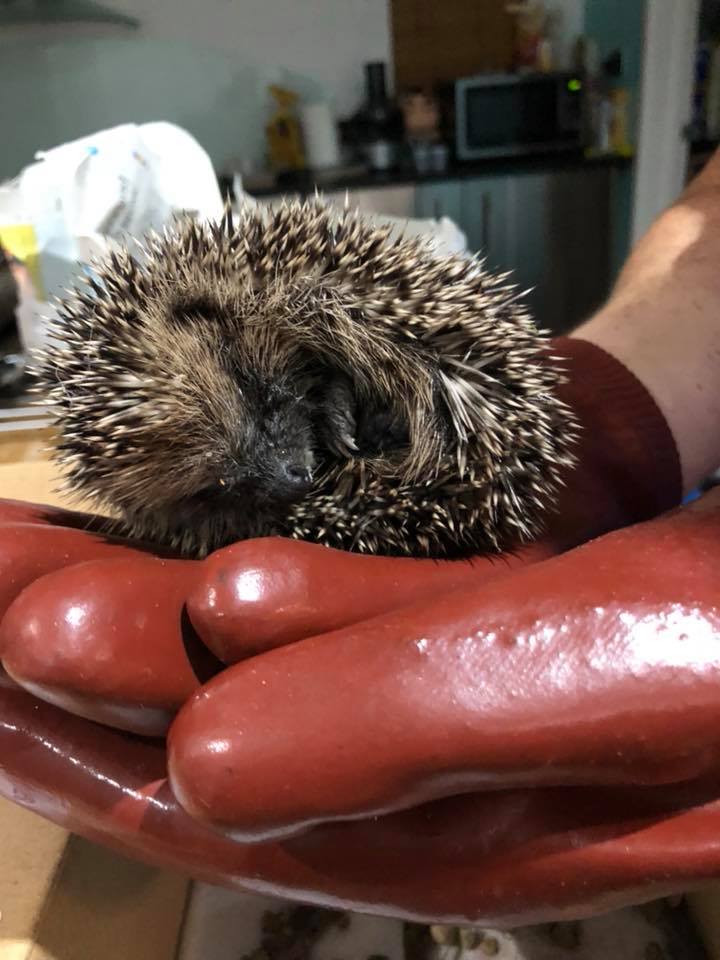Guidance on Releasing Rehabilitated Hedgehogs
29th January 2019

Hedgehog carers across the UK work hard to nurse sick and injured hedgehogs back to good health. Recently, however, more light has been shed on the importance of what actions to take once the animal is ready to once more fend for itself. In fact, the choice of release site could be vital to their survival.
The British Hedgehogs Preservation Society (BHPS), along with other key organisations like the RPSCA, have produced guidance for rehabilitated hedgehogs. The report is based on published research by Dr Nigel Reeve and Dr Pat Morris. They advise that hedgehogs should, whenever possible, be released from the same site at which they were found.
So why is this so important?
Hedgehogs build a mental map of their home range to help better navigate their environment, making them more vulnerable in unfamiliar areas. Hedgehogs released from unknown sites face larger competition for resources and a greater risk of road mortality. They may also spread infectious diseases to new populations.
BHPS also advise that hedgehogs should never be released into an enclosed environment like a garden. This can quickly cause distress as hedgehogs need to be able to move freely within their habitat – to find enough food, and potential mates.
Simply put, a hedgehog will be most content when released within its original home range.
Click here if you would like the read the guidance report in full.

What about when to release ‘hogs?
In addition to the above research, Nottingham Trent University, the RSPCA and Brighton University have recently published a paper on releasing hedgehogs over winter. This paper outlines definitively that hedgehogs can be successfully released back into the wild over winter. As long as they have reached a suitable weight as they are still able to hibernate naturally. This news is so important, as it means dedicated carers across the country no longer need to keep hedgehogs inside all winter long. By releasing healthy ones during winter, more room can be made for those emergency cases that arise over the cold months and we can reduce the stress experienced by those in captivity for long periods of time.
By Milly Ferguson and Emily Wilson

